Land Rover launched the Range Rover Classic as a 4x4 luxury SUV series in 1970 and featured a two door body style SUV until 1981 and thereafter four door models were introduced. It was assembled in the Solihull plant in UK and Enfield factory in Australia. It featured a 100.0 inches (2540mm) wheelbase length and was available fitted with various transmission control systems including 4 speed manual, 5 speed manual, 3 speed automatic and 4 speed automatic. Even though it had modest interiors for comfort and did not have major modifications as was designed with cheaper production cost intended to be used in rural terrain, surprisingly it was a huge sales success as it outperformed the company’s usual luxury SUV variants.
The Range Rover body was constructed with lightweight aluminium all over but bonnet and two section tailgate but did not use single panel sheet like the Utility style Rovers and featured aluminium panels hung on a steel frame designed by the engineering team which enhanced the body strength, extra non-corrosiveness and easy maintenance.
Chief designer just made minor modifications to the headlamp and front grille and did not have the vinyl covering until the late 1970s. In 1981 a four door body style was introduced as there were many companies that offered that style in the market at that time. The four door style was very successful and eventually led to the end of production run in UK for the two door version in 1984. That same year also saw another significant modification with leather trim designing and automatic transmission control systems closely followed by enhanced instrument panel design and new door cards featured in 1985.
Land Rover Classic 2 doors |
Land Rover Classic 4 doors |
The advancement of the Range Rover was evident in its use of coil spring instead of the leaf spring which was in vogue at that time. As it was built heavy it was given structural support by using disc brakes on all four wheels and a few years later on the power steering functionality was also introduced. The powertrain ranged from 3.5 L, 3.9 L, 4.2 L Rover V8 engines to 2.4 L VM TDI4, 2.5 L VM TDI4 Motori engines to 2.5 L 200 Tdi TD I4 and 2.5 L 300 Tdi TD I4 engines. All Range Rovers with petrol engines were featured with carburetors till 1986 and later on was substituted by electronic fuel injection which further enhanced fuel economy and vehicle performance.
Another major differentiating feature of this Range Rover was the use of permanent four wheel drive instead of the switchable rear-wheel/four wheel drive function of the earlier Land Rovers. Since its launch in 1970, the Range Rover was well received and finally it seemed the formula to get a car equally adept both on and off road worked and surpassed other vehicles in the same segment during that period. The Range Rover Classic was also a popular to be used as First Response System vehicles by ambulances and as Rapid Response System vehicles by the Police and fire departments. The last of the Range Rover Classic rolled off the production line in 1996.
Our company "UKAR Auto Parts" offers you to buy spare parts for Range Rover Classic, Range Rover Evoque, Range Rover P38, Range Rover Sport with worldwide delivery. You can choose OEM and Genuine spares by different famous manufacturers.
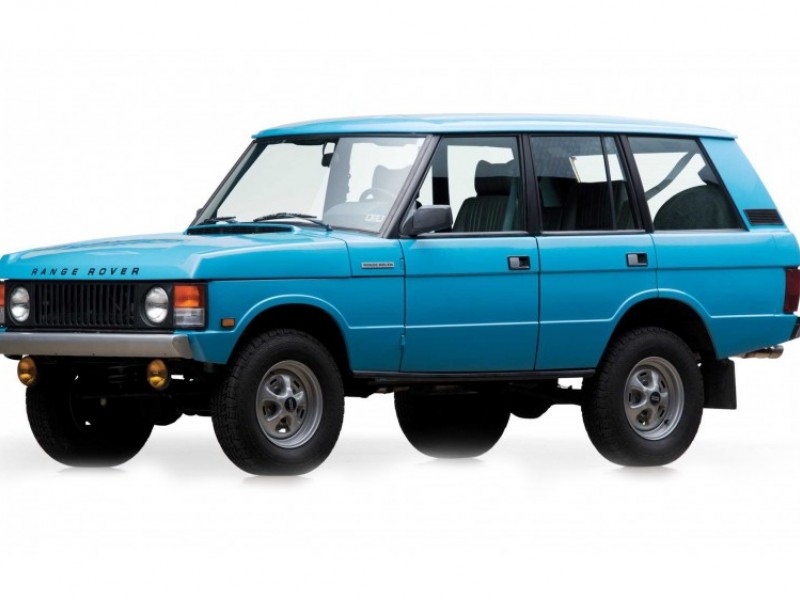
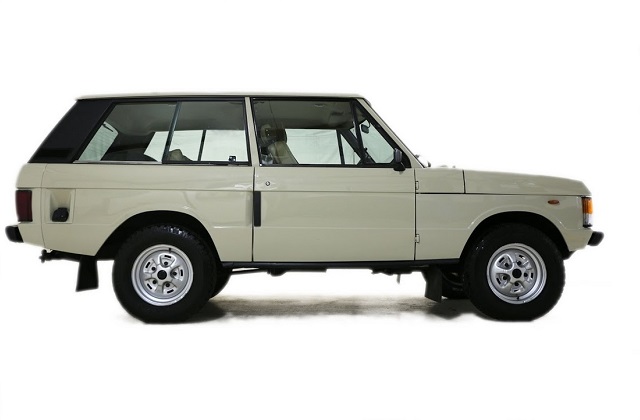
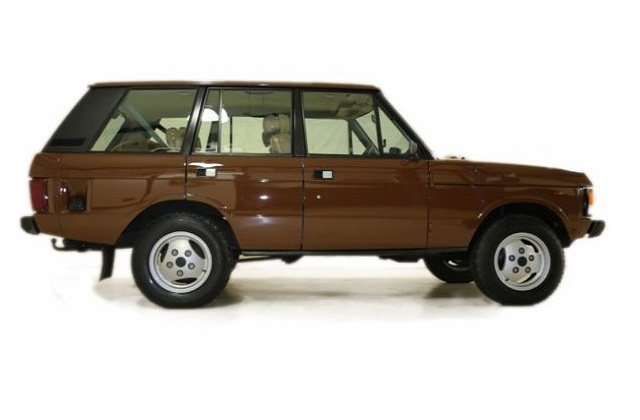
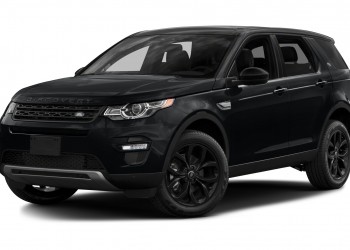
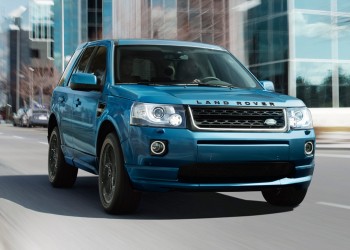
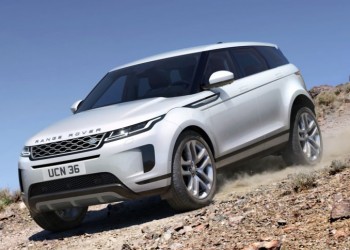
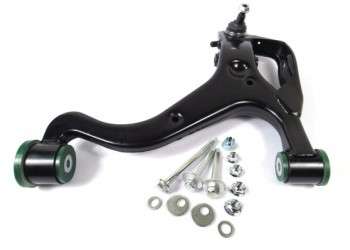
0 comments